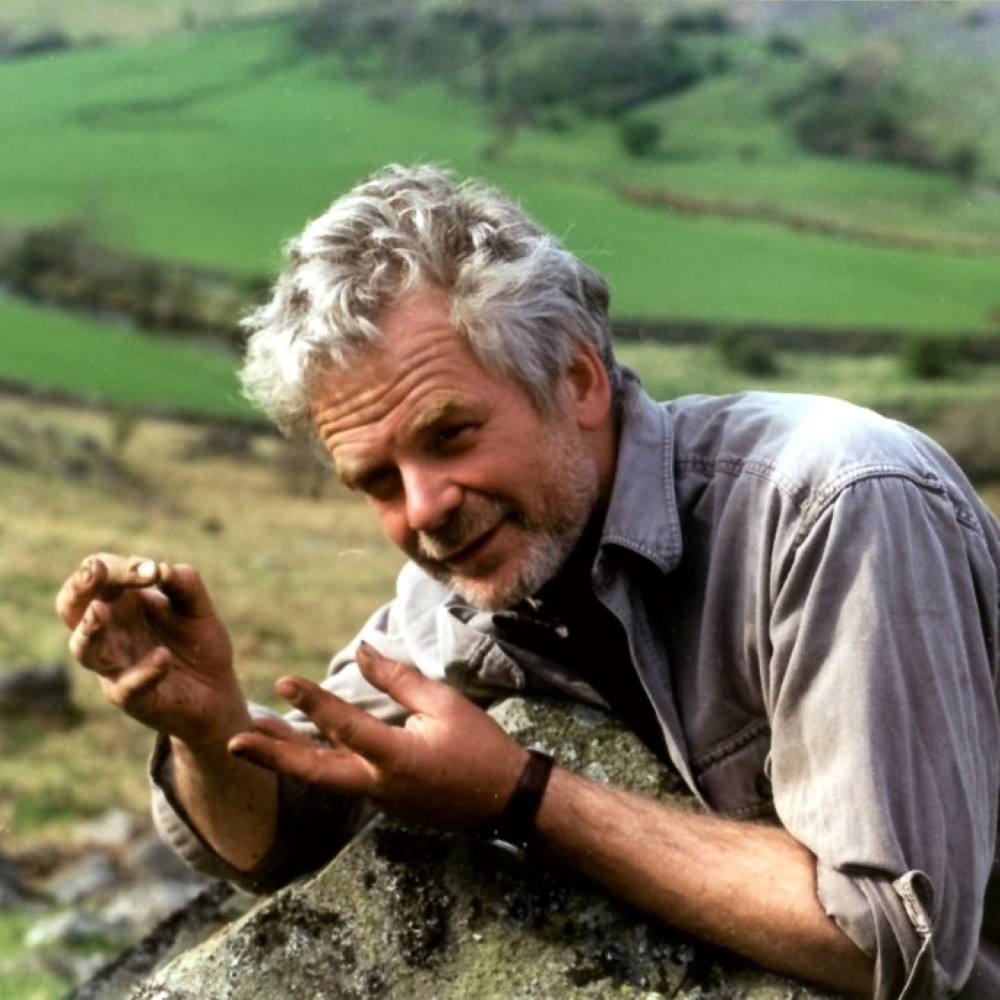

The work asks profound questions about the possibilities of Conceptual art to have a positive impact on the environment. The installation is apparently a fish haven, as described by the National Oceanographic and Atmospheric Administration. Though viewers are unable to view the piece because of its location, New York University's Interactive Telecommunications Program created a virtual reality experience of the sculpture in 2000. By taking coal waste and reforming it into inert blocks, Beaumont was able to fashion what has become an artificial reef, deep under the sea. She collaborated with a team of scientists in order to create the work that lies to this day in the Atlantic Ocean, 40 miles away from New York Harbor.

In creating this piece, Beaumont was looking for a way to take waste material from a power plant and transform it into something that would actively benefit the environment. Instead, artists emphasise the birth of the idea and the process of creation, without insisting that the work needs to be seen by many people, or indeed by anyone at all.īetty Beaumont's work is deeply socially conscious, often actively highlighting sustainability and engaging with contemporary issues. By looking for new and sometimes unique and surprising locations, artists not only remove the power from high-powered art-dealers, buyers, and from the art-market in general, but also question the need for an audience (and art buyers) at all. This form of Institutional Critique seeks to question the authority and power of museums and galleries that have historically controlled the production, sale, and viewing of art works. Evolving from Land Art, Environmental art also rethinks the importance of the exhibition space and seeks other places where art can happen and where art can exist.This demands that viewers and audiences rethink how they "see" the world around them and pay more direct attention to the minute and distinct parts that make up what we may overlook as a cohesive environment. Moreover, in choosing to situate their work in specific places, Environment art often seeks to both transform the way that the site is viewed, whilst also revealing what was already there. Environmental artists often use natural materials such as leaves, flowers, branches, ice, soil, sand, stone, and water as the very basis of their artwork.Moreover, by working in collaboration with organic landscapes, Environmental artists fall subject to the uncontrollable cycles of the seasons with their processes of flowering, erosion, molding, and decay. This means they deeply consider the impact that they as individuals have on nature and do not sacrifice its health or wellbeing in order to create work. Environmental artists aim to work in harmony with the natural environment rather than disrupt it.

This changes the way we think about the site of artistic production as opposed to using the artist's studio as the sole location in which to create, Environmental artists engage the natural world in a much more active and immediate way either by working in new ways outside, or by bringing natural materials into new settings. Environmental artists seek to investigate our human relationship with the environment through embedding their artistic practice within it.


 0 kommentar(er)
0 kommentar(er)
